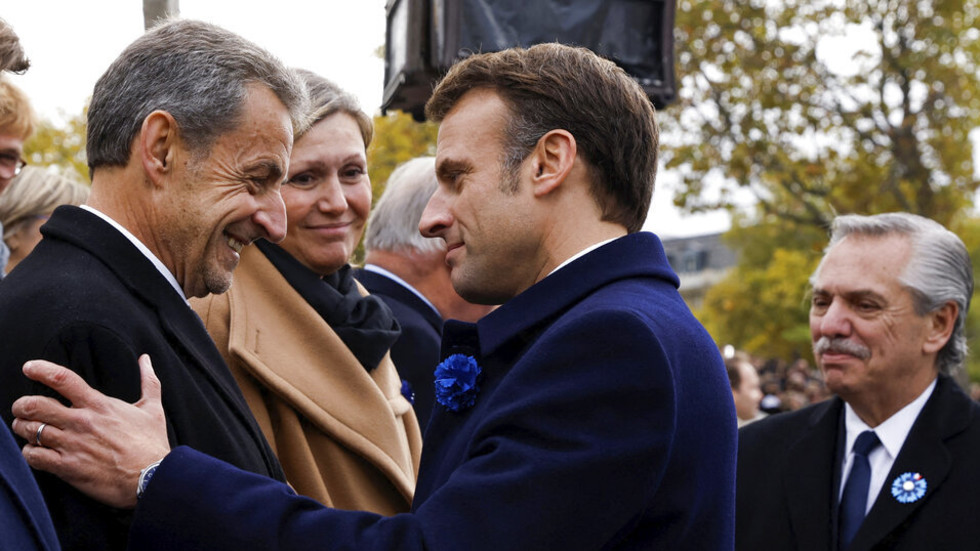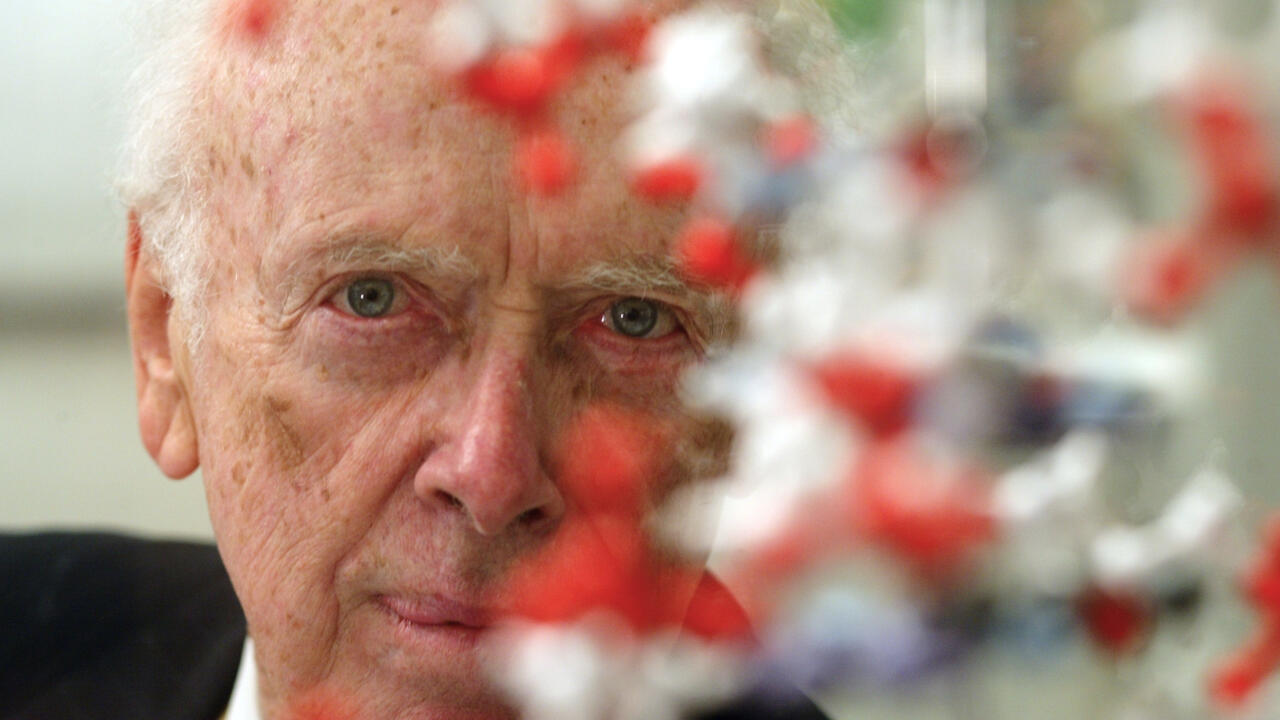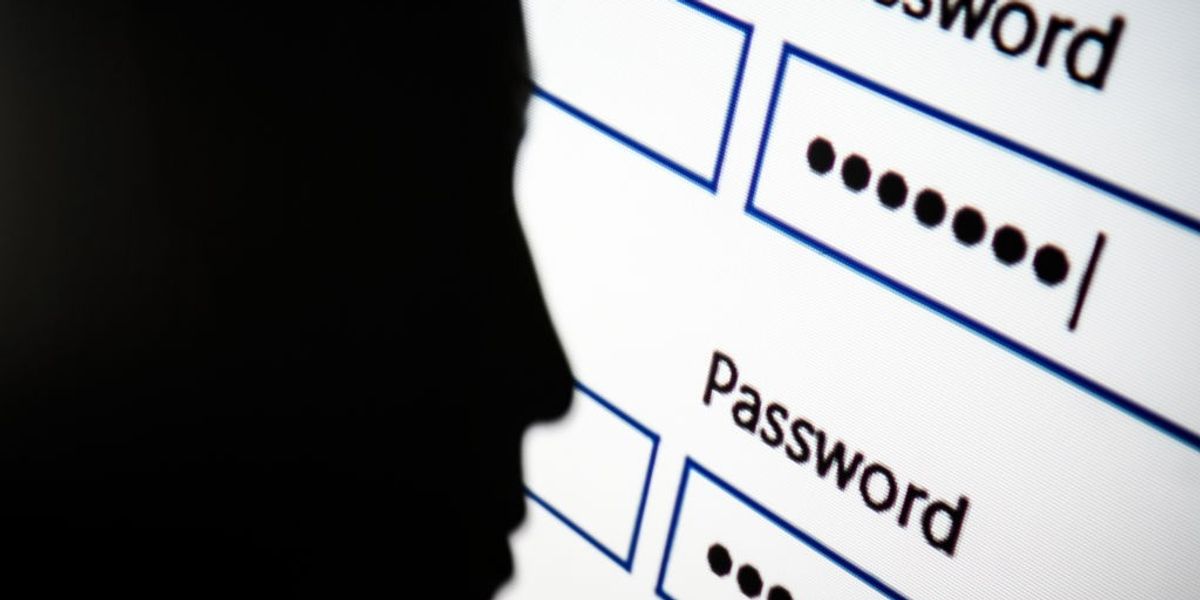RUSSIA has suggested it will prepare to start full-scale nuclear bomb testing in the Arctic region.
It comes as the US military today launched an unarmed Minuteman III intercontinental ballistic missile after Trump ordered to “immediately” resume testing America’s vast nuclear arsenal for the first time in three decades.
Sign up for The Sun newsletter
Thank you!
The US forces tested the unarmed ICBM’s range in a 4,200-mile journey near Kwajalein Atoll in the Pacific Ocean.
The $7million ballistic missile, capable of carrying nuclear warheads, has a total range of 6,300 miles.
Russian defence minister Andrei Belousov claimed the US had conducted an exercise in October practising a preventive missile-nuclear strike on Russia.
Moscow’s top general Valery Gerasimov said high-ranking US officials made clear Washington “is aiming to prepare and conduct nuclear tests”.
At a hastily convened meeting of the Russian security council, Belousov said: “I consider it advisable to begin preparations for full-scale nuclear tests immediately,” said
“The readiness of the forces and facilities at the central test range on the Novaya Zemlya archipelago makes it possible to carry them out within a short time frame.”
It is understood that Putin has now demanded “proposals on the possible start of work to prepare nuclear weapons for testing”.
He told the council: “Russia has always strictly adhered, and continues to adhere, to its obligations under the Comprehensive Nuclear-Test-Ban Treaty.
“We have no plans to withdraw from these obligations.”
But he made clear he had already stated that “should the US or other states that are parties to the relevant treaty conduct such tests, Russia would also have to take adequate reciprocal actions.
“In this regard, I instruct the Ministry of Foreign Affairs, the Ministry of Defence of the Russian Federation, the special services, and the relevant civilian agencies to do everything necessary to gather additional information on this matter.”
In 2023, Russia said it would only resume tests of its nuclear weapons if Washington did it first.
The US forces successfully tested the GT 254 nuclear-capable Minuteman III missile from the Vandenberg Space Force Base in California.
The unarmed rocket landed near the Army’s Ronald Reagan Ballistic Missile Defence Test Site in the Marshall Islands.
The Minuteman III missile is a part of America’s nuclear triad – a military system that uses three distinct methods of nuclear weapons delivery.
This includes land-based intercontinental ballistic missiles (ICBMs), submarine-launched ballistic missiles (SLBMs), and strategic bombers dropping the weapons from above.
The purpose of a nuclear triad is to ensure a nation has a credible second-strike capability, meaning it can survive a nuclear attack and retaliate effectively.
It acts as a capable nuclear deterrent and is meant to be launched only in response to a nuclear attack by an enemy nation.
America’s sabre-rattling follows aggressive nuclear testing by the Russians and China‘s rapid expansion of its nuclear arsenal.
Trump ordered the US to resume nuclear testing last week before meeting Xi Jinping for high-stakes trade talks – and said the testing would be on an equal basis with Russia and China.
He said that while the US has the biggest nuclear arsenal in the world, Russia is second, and China is a distant third – but will be even “within five years.”
The US military already regularly tests its missiles that are capable of delivering a nuclear warhead, but it has not detonated the weapons since 1992 because of a test ban.
But the president suggested that changes were necessary because other countries were testing weapons.
It was unclear what he was referring to, but it evoked Cold War-era escalations and a nuclear arms race.
Trump wrote on Truth Social: “Because of other countries’ testing programs, I have instructed the Department of War to start testing our Nuclear Weapons on an equal basis. That process will begin immediately.”
“The United States has more Nuclear Weapons than any other country. This was accomplished, including a complete update and renovation of existing weapons, during my First Term in office.
“Because of the tremendous destructive power, I HATED to do it, but had no choice! Russia is second, and China is a distant third, but will be even within 5 years.”
America's nuclear testings
By Sayan Bose, Foreign News Reporter
From the time America conducted its Trinity nuclear bomb detonation in 1945 to 1992, the US detonated 1,030 atomic bombs in tests, the most than any other country.
Those figures do not include the two nuclear weapons America used against Japan in Hiroshima and Nagasaki at the end of World War II.
The first American tests were atmospheric, but they were then moved underground to limit nuclear fallout.
Scientists have come to refer to such tests as shots. The last such shot, called Divider as part of Operation Julin, took place September 23, 1992, at the Nevada National Security Sites, a sprawling compound some 65 miles from Las Vegas.
America halted its tests for a couple of reasons.
The first was the collapse of the Soviet Union at the end of the Cold War.
Secondly, the US signed the Comprehensive Nuclear Test-Ban Treaty in 1996.
There have been tests since the treaty, however, by India, North Korea and Pakistan, the world’s newest nuclear powers.
The United Kingdom and France also have nuclear weapons, while Israel has long been suspected of possessing atomic bombs.
But broadly speaking, the US also had decades of data from tests, allowing it to use computer modelling and other techniques to determine whether a weapon would successfully detonate.
Every president since Barack Obama has backed plans to modernise America’s nuclear arsenal, whose maintenance and upgrading will cost nearly $1 trillion over the next decade, according to the Congressional Budget Office.
The US relies on the so-called nuclear triad: ground-based silos, aircraft-carried bombs and nuclear-tipped missiles in submarines at sea to deter others from launching their weapons against America.
Nuclear arms race
Russian President Vladimir Putin last week announced that Russia tested a new atomic-powered and nuclear-capable underwater drone and a new nuclear-powered cruise missile.
He said that Moscow had tested its nuclear-powered Burevestnik missile – a low-flying, nuclear-powered, nuclear-armed cruise missile.
It was successfully tested over the Arctic Ocean after years of development and several earlier initial test flights.
Moscow announced the successful test of Poseidon – a nuclear-capable underwater drone that Putin said is “unstoppable”.
“There is nothing like this in the world in terms of the speed and the depth of the movement of this unmanned vehicle — and it is unlikely there ever will be,” he added.
Trump addressed the Russian moves aboard Air Force One earlier this week, telling reporters that Putin should be working to end the war in Ukraine “instead of testing missiles”.
Meanwhile, Beijing has more than doubled the size of its arsenal to an estimated 600 nuclear weapons in 2025 from 300 weapons in 2020, according to the Centre for Strategic and International Studies, a Washington-based think tank.
It said US military officials estimate that China will have over 1,000 nuclear weapons by 2030.
Beijing‘s show of force Victory Day parade in September revealed five nuclear-capable missiles that can all reach the continental United States.
Earlier this year, Trump signalled he wanted to push his Russian and Chinese counterparts in the other direction, saying he wanted to resume nuclear arms control talks with both countries.
Despite his announcement that sounded like an escalation, Trump told reporters that he would like to see a denuclearisation and de-escalation.
“We are actually talking to Russia about that,” Trump said, though he did not elaborate.
The exact number of warheads each country has is secret, but Russia is estimated to have a total of about 5,459 warheads while the US has about 5,177.
Those numbers include deployed, stockpiled and retired warheads.
Global nuclear warhead stockpiles peaked in 1986 at over 70,000 warheads, most in the Soviet Union and the United States, but have since been reduced to about 12,000, most still in Russia and the US.
China is the third largest nuclear power with 600 warheads, France has 290, the United Kingdom 225, India 180, Pakistan 170, Israel 90 and North Korea 50, according to the Federation of American Scientists.
Russia, the US, and China are all undertaking major modernisations of their nuclear arsenals.
The Comprehensive Nuclear Test Ban Treaty, which was adopted in 1996, bans all nuclear explosions anywhere in the world.











 English (US) ·
English (US) ·